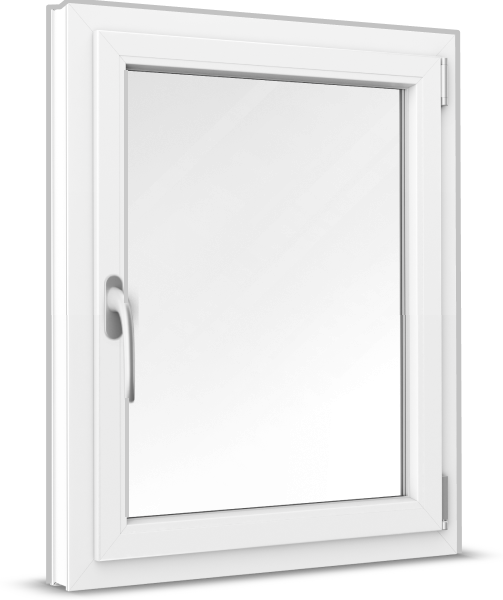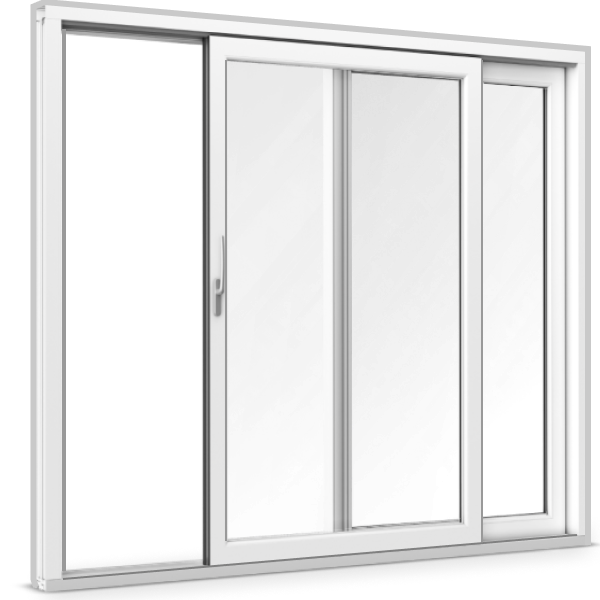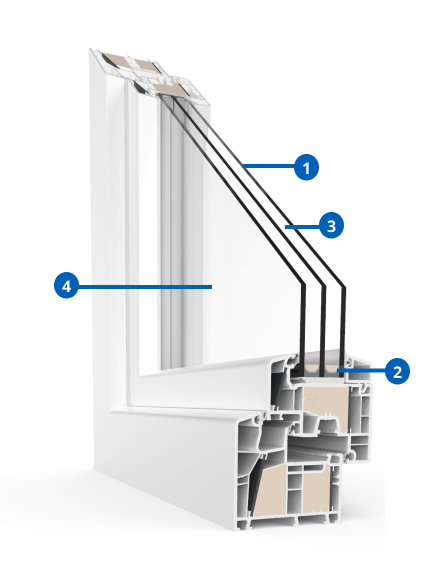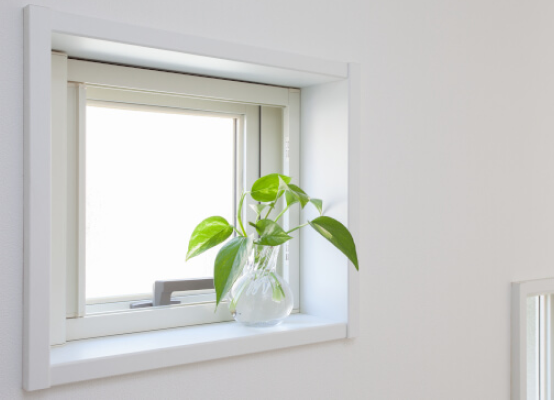-
Windows
 Windows
Windows
-
French Doors
 French Doors
French Doors
-
Patio Doors
 Patio Doors
Patio Doors
-
Front Doors
 Front Doors
Front Doors
-
Roller Shutters
 Roller Shutters
Roller Shutters
-
Window Sills
 Window Sills
Window Sills
-
Sign in
Contact us
Save on energy bills and reduce your carbon footprint with our high-quality thermally insulating glass. Suitable for windows, French doors, and patio doors alike, the glass is purpose-designed to create interiors that remain at a comfortable temperature year-round. Thanks to our additional foils and coatings, you can make the panel your own by adding a stylish finish, or by enhancing soundproofing and optimising break-in protection. Just keep reading or head to the configurator to find out more.
Configure now
1. Multiple Panes
Thermal glazing features multiple sheets to increase the panel’s thickness and reduce heat emission via conduction. At windows24.com two panes can be used as double glazing for good standard insulation or a third can be added for optimised triple glazing.
2. Spacers & Desiccant
We offer two double-glazed options and two triple-glazed variants. These differ in terms of energy efficiency. The option offering the higher degree of insulation features larger spaces between the panes. The spaces are set by spacers made from a low-conduction material.

3. Sealed Argon
The spaces between the sheets of our insulating glass are filled with argon gas. This unreactive gas is denser than air, so slows energy loss to a greater extent. The glass is well-sealed to with quality rubber glazing gaskets to ensure a tight fit.
4. Low-e Coating
Our glass is finished with an invisible low emission (low-e) coating. Made from a metal oxide like silver, the coating reflects UV and infrared radiation that could otherwise cause interiors to become too warm. Because visible light has a different wavelength, its entry is not restricted.
To purchase truly efficient windows or doors, a thermally effective profile and frame material can be purchased for your new or replacement product and be paired with the insulating glazed panel. Our experts particularly recommend uPVC. This is because this modern material features multiple chambers that trap air to prevent heat loss. Certain profiles like energeto 8000 ED then also feature three seals and purpose-designed integrated insulation foam for improved thermal properties.
To achieve desired soundproofing and create peaceful interiors, invisible “silence foil” film layers can be inserted between the sheets. This slows the travel of sound waves and can reduce noise by up to 45 dB, which can be suitable for properties located as close as 300 m from an airport.
Learn more
To enhance break-in protection, wind resistance, and safety, PVB polymer film interlayers can be inserted during production in a lamination process, or the panel can be tempered. These professional techniques increase impact resistance and pressure deflection, which makes products ideal for high wind zones or coastal areas. The thicker surface also makes it harder for intruders to break in. If the panel is broken though due to high force, it will not shatter into sharp shards. Instead, blunt crumbs will form, or the pieces will remain held on the intact laminated foil beneath.
Learn more
Our windows and doors can feature various surface finishes. An ornamental option like Cathedral Small can be chosen, for example, to add interest and character to the property’s interior and exterior alike. To create secluded spaces that are shielded from onlookers, we also offer a range of frosted variants like Chinchilla or Satinato. To browse the range just head to the configurator today or click below.
Learn more
